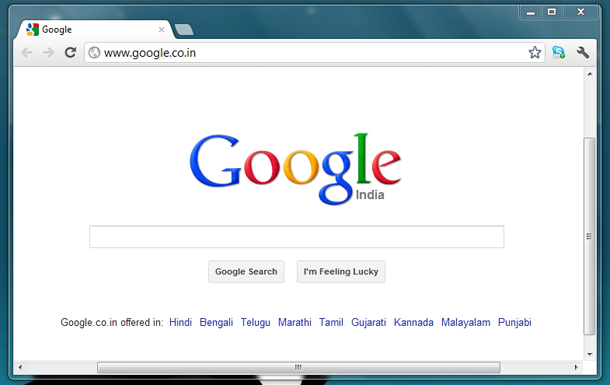


Now press "Enter." You'll see confirmation of the action Junction took in the Command Prompt, and if you look in the old installation directory, you'll see a new folder named Chrome.Ĭheck to make sure the Chrome symbolic link works properly. If you used a different folder name than Chrome for the new installation directory, type that instead of "Chrome" in the second directory. For example, if you're creating a symbolic link to a folder named Google on your D: drive, this is what you would type (without the final period): junction "%LocalAppData%\Google\Chrome" "D:\Google\Chrome". On the same line, type another space and then, also in quotation marks, type the new installation directory to the folder you created a few moments ago. (You can type it in full or use the "%LocalAppData%" environmental variable.) Junction will create a symbolic link at that location. Type "junction" and then a space then, in quotation marks, type the original directory of the first installation folder. You can do this by clicking the "Start" button and typing "cmd" and then pressing "Enter." Here you can issue commands to the Junction.exe file you installed simply by typing "junction" (with no quotation marks) followed by a space. You can use any folder name you want, but the simplest approach is to use "Chrome."

You can use any local directory you want, even one on a different hard drive.Ĭreate a new Chrome folder in this directory. Navigate in a new Windows Explorer window to the directory where you want to install Chrome, while still leaving the old Google installation directory window open. ("%LocalAppData%" is an environmental variable that opens your user account's "AppData\Local" folder.")ĭelete the Chrome folder, if it's still there. Locate the Chrome installation folder by clicking the "Start" button and typing "%LocalAppData%\Google" without quotation marks.


 0 kommentar(er)
0 kommentar(er)
